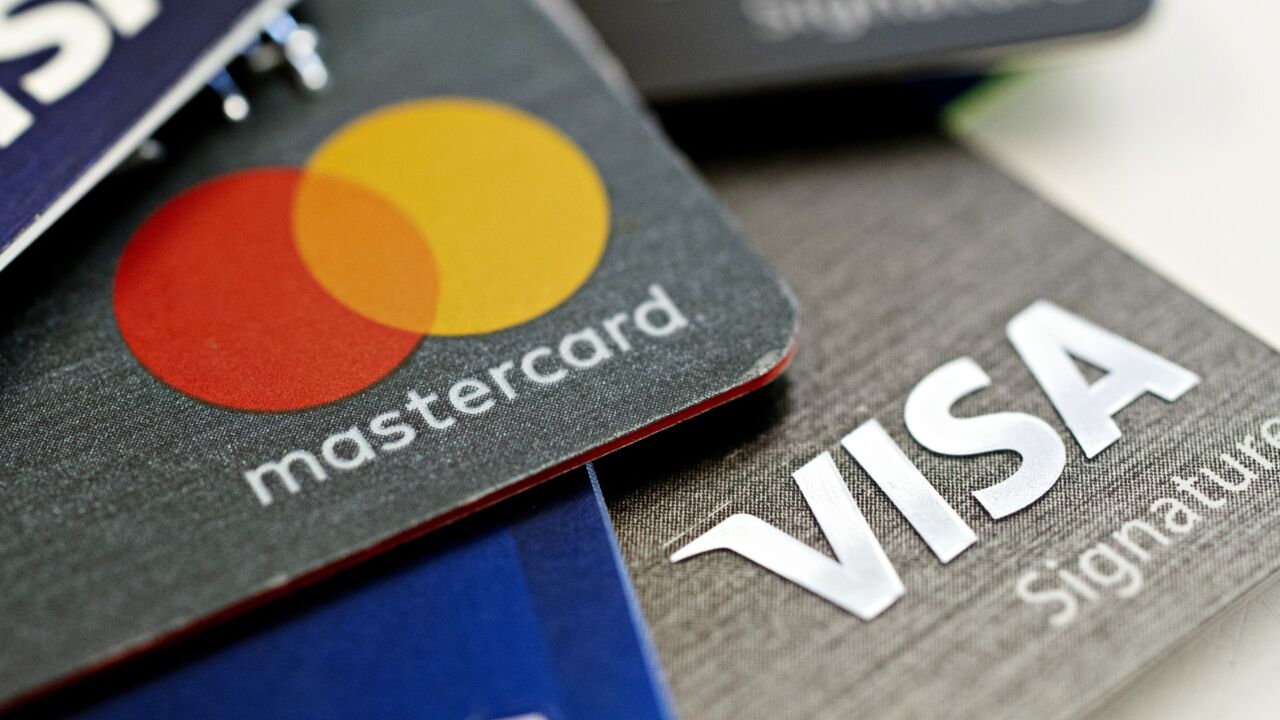It used to be that only large companies did business internationally. In the past few years, increasing globalization, reduced trade barriers, the internet, and new business platforms such as eBay and Alibaba, have made cross-border trade more accessible and affordable. Now it’s much more common for SMEs (small and medium-sized enterprises) to do business with suppliers internationally, too.
Along with this opportunity comes new challenges. One such challenge is payment. United States-based SMEs buying from international suppliers are finding it difficult to pay the right amount on time using bank wires (the traditional solution for international payments.) The problem is, sending money by wire is a costly manual process that doesn’t scale. Fintechs are stepping in with payment solutions for this emerging market.
Paying international suppliers isn’t such a big deal for large multinationals. They typically have international offices with localized treasury functions. They set up local bank accounts to hold capital in different countries, and they pay employees and suppliers in local currencies. They may also have sophisticated currency trading and risk management programs. This makes sense when doing a large volume of trade in a given country or region.

It doesn’t make sense for SMEs to expand supplier relationships globally when only making a few hundred, or even a few thousand payments a year. For most of these businesses, their bank is the first place they go for help making international payments. But banks haven't innovated for this trend with a product that makes sense for these customers.
Bank-based products typically provide a portal for customers to send international wire transfers. Customers can use it to set up their suppliers, but every time they make a payment, they must key in the amount and remittance information by hand.
Once the transaction is complete, accounts payable must enter that data manually into their accounting system. Sometimes they don't see the real costs of that payment or know how much money landed in the supplier’s hands. This lack of visibility is a problem. Suppliers who struggle to receive money reliably, or can't see remittance details for the funds, are more likely to charge you extra for the hassle.
With so much manual work, errors will happen. These are often harder to fix than domestic payment errors. The first problem is that you lack visibility (and so does the bank) from the time the payment enters the portal until it lands in the supplier's hands. The money passes through multiple corresponding banking partners in different countries. You may not know that a payment has failed until you get a call from the supplier asking where the money is. Then you must do your own detective work to find the error. It can be a long process, and many banks will charge you for time spent investigating a payment.
This fee is accompanied by whatever the bank is charging for the transaction. The actual transaction fee is unclear, and most SMEs are not getting a good rate because international payments remain a source of high profitability for banks. Banks charge more on cross-border payments than card processing—somewhere around 300 basis points, which is significant when the average international B2B transaction is between $5,000 to $20,000. Most businesses do not question the cost because they don’t understand the foreign exchange rate they’ve been charged or aren't aware of alternatives.
Paying international suppliers through a bank portal is a painful, expensive process that creates unnecessary friction for burgeoning cross-border trade. There are better fintech alternatives.





